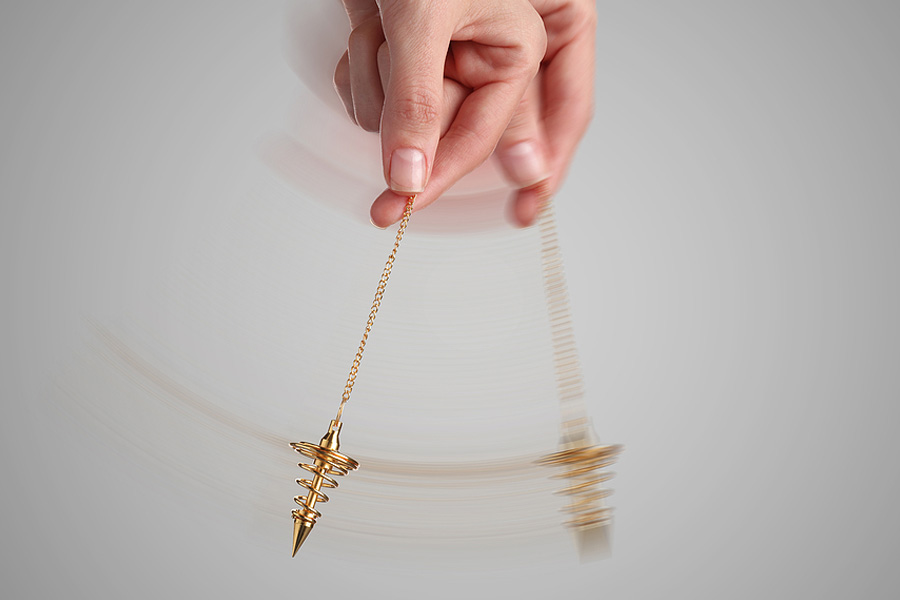Updated 08/06/2023
“Wait, carbs are okay?”
Pamela’s confused expression was familiar. She, like many of the patients I’ve seen over the past 30 years, had bought into the “carbs as the enemy” myth. And the type of carbs that quickly come to mind – pasta, pizza, pastries – should be avoided. But carbohydrates are an important component of a balanced diet, as long as the right kind of carbs are consumed.
In fact, in July the World Health Organization updated its guidelines on carbohydrate intake, making it clear that the right kind of carbs are vital for good health. This guidance makes it clear that carbs should come from things like whole grains, vegetables, and fruit.
Pamela said she’d been feeling increasingly depressed and exhausted, and she’d gained weight in the past year that she just couldn’t drop. When I asked about diet, a guilty look flashed across her face, and she reluctantly admitted she’d been turning to “comfort foods” recently. “I know I shouldn’t eat carbs, but I just can’t imagine my life without them,” she said. That’s when I told her carbs didn’t have to be off limits – but that we needed to explore the type of carbs she was eating.
Pamela, like many people, was under the mistaken assumption that all carbs are the same. But nothing could be further from the truth! And while it’s true that for some women, a low-carb diet is the best way to lose weight, for others a low fat or balanced diet is more important. There is no “one diet fits all”!
Why Eat Carbs?
The first thing I like to address with patients when I begin the “carbohydrates conversation” is why it’s important to include carbs in a healthy eating plan.
Carbs convert to glucose, and glucose is critical to healthy brain function. Without any carbs at all, your body won’t have the glucose it needs, and it will be difficult to keep your head clear and body energized.
Cutting curbs completely often leads to depression, fatigue, insomnia, and even bone loss! That’s because the insulin-to-glucagon ratio drops. Glucagon is a hormone that helps increase blood sugar levels when they drop very low.
The fiber you get from eating carbs is also important to good health. While it isn’t used to produce energy directly, it feeds the “good” bacteria in your gut, which uses the fiber to manufacture fatty acids that can be used as energy.
I always tell clients that their body will know what it needs. Carb cravings are a message that we should listen to! Unfortunately, sometimes we only receive part of the message (I want carbs) without the important add on (the complex variety, please).
What Makes Carbs “good” or “bad”?
Unfortunately, tasting good and being good for us are not the same thing! The comfort food carbs that so many people find delicious aren’t the carbs we need. But here’s something interesting: when I convince women to switch to complex carbs instead of sugar laden simple carbs, not only do they feel better, but they often tell me that after a while, the foods with simple carbs aren’t appealing anymore. Again, our bodies know what they need, and what makes them feel good!
Simple (also known as “refined”) carbs are much different than complex (“whole”) carbs. It’s all about how natural they are. Whole carbs, as the name suggests, haven’t been processed and still have all the natural fiber. Refined carbs, on the other hand, have typically been ultra processed, and the natural fiber has been removed or altered.
There’s abundant research that shows the adverse health effects of overconsumption of simple carbs. These include increased risk of obesity, type 2 diabetes, and coronary disease.
Refined carbs create blood sugar spikes and crashes that can lead to excess hunger, overeating and food cravings. And on top of that, they have little to no actual nutritional value. Couple that with the added sugars that also negatively impact health, and there are a lot of good reasons to avoid simple carbs as much as possible.
Natural, complex carbohydrates are a different story. They’re packed with fiber and essential nutrients, and don’t impact blood sugar levels in the same negative ways.
Research has shown that consumption of high fiber carbs, such as fruits, vegetables, whole grains and legumes is linked to better metabolic function and decreased risk of disease.
Determining what’s right for YOU
Because humans are all unique individuals, it’s impossible to say that one specific dietary pattern is the best for everyone. While there is certainly evidence to support that some things are best avoided, the truth is that there are so many factors that can impact the food choices you should make to maintain optimal health.
Some of these factors include age, gender, overall metabolic health, food sensitivities, physical activity levels, the culture in which you live, food availability and affordability, genetics, and, of course, personal taste. It does you no good for me to say you should eat more green leafy vegetables if you can’t force yourself to choke them down.
That’s why I use a personalized approach with all of the women I work with. I ask about all of these factors – and many more – to determine the best choices for each individual woman. Some women need to stick to very low carb diets, while others may actually need a higher carb diet to feel their best.
Top Tips for Choosing the Best Carb Options
No matter where you fall on the spectrum for carb consumption, it’s important to make healthy carb choices. Here are some quick tips to help you determine which carbs may keep you feeling lousy, and which can help you thrive.
Choose organic
I always recommend choosing organic foods whenever possible. This is partly because eating organic helps you avoid toxic chemicals resulting from crops treated with pesticides. But another thing you may not realize is that organic food truly provides more nutrients than many conventionally produced foods. That’s because the soil organic foods are grown in can maintain the nutrients far more than those abused by modern agricultural practices.
Whole, not processed
Because processing removes so many nutrients and the natural fiber that carbs provide, it’s best to eat them in their whole, natural form. If a label has more words you can’t pronounce than words you recognize, it’s been overly processed and should be avoided.
Avoid added sugar
Refined sugars hit your bloodstream immediately, and the blood sugar roller coaster begins. Although foods, like fruit, that contain a lot of natural sugar are converted to glucose more quickly than those lower in sugar, they’re still far better than anything with added sugars. And be careful when reading labels — sugar has many aliases, and you may be consuming a lot more than you’re aware.
Try these “good” carbs
So many natural, whole foods contain the dietary carbs that can keep you feeling great. Vegetables are the most obvious choice. All vegetables are healthy carbs (especially if they are organic) and eating a wide variety of colorful vegetables every single day is the best advice I can give. Whole fruits are also a great source of carbs, but pay attention to your body. If your body is sensitive to sugar, even the natural kind, you’ll need to be careful about eating too much fruit.
Even if you don’t love fruits and vegetables, there are plenty of healthy carb choices. Legumes, such as peas, lentils, and beans, are one great option. Nuts and seeds are another. In fact, we’re finding that heirloom seeds can provide amazing benefits to the body. Whole grains that haven’t been processed (pure oats, quinoa, etc) and tubers (potatoes, sweet potatoes and the like) are other great choices.
Avoid these “bad” carbs
I believe women should allow themselves an occasional “treat” in order to maintain a healthy diet most of the time. But there are many simple carbs that are best consumed only once in a great while, if at all. This is especially true for people whose bodies are quite sensitive to processed foods and added sugars.
I doubt this list will surprise many people; I haven’t met anyone yet who thought that the following were actually healthy choices.
Beverages high in added sugars – such as soda, sweetened iced tea, etc – are at the top of the list. The calories and blood sugar spikes just aren’t worth it! Water is the best choice, though 100% natural fruit juices are okay occasionally. Alcohol converts to sugar quickly, so alcoholic beverages should be limited as much as possible.
White bread and other products made from white flour are low in nutrients and often also contain added sugars. Of course, pastries, cakes and cookies should be avoided as much as possible due to the sugar content and refined wheat typically used to bake them.
Ice cream, candy and chocolates are also typically quite high in sugar with no redeeming qualities. High quality dark chocolate is the best choice if you need a taste of something sweet.
While potatoes are on the “good” list, processed products like french fries and potato chips definitely are not.
Choose Your Carbs Wisely and THRIVE!
Pamela was so relieved to finally have the right information to change things up in her kitchen. She cleared her cupboards of the simple carbs that created chaos in her blood sugar levels, and filled them with complex carbs that kept things stable. She couldn’t believe the difference! When I saw her a couple of months later, she told me how much more satisfied she felt after eating, that her cravings were under control, her fatigue and depression had lifted, and best of all she’d been able to shed a few of those stubborn pounds she’d been holding on to.
Pamela is by no means the only patient I’ve seen these results with. So many women who watch the type of carbs they eat, rather than cutting carbs entirely, tell me the same thing. That’s why knowing the difference between “good” and “bad” carbs is a game changer!








